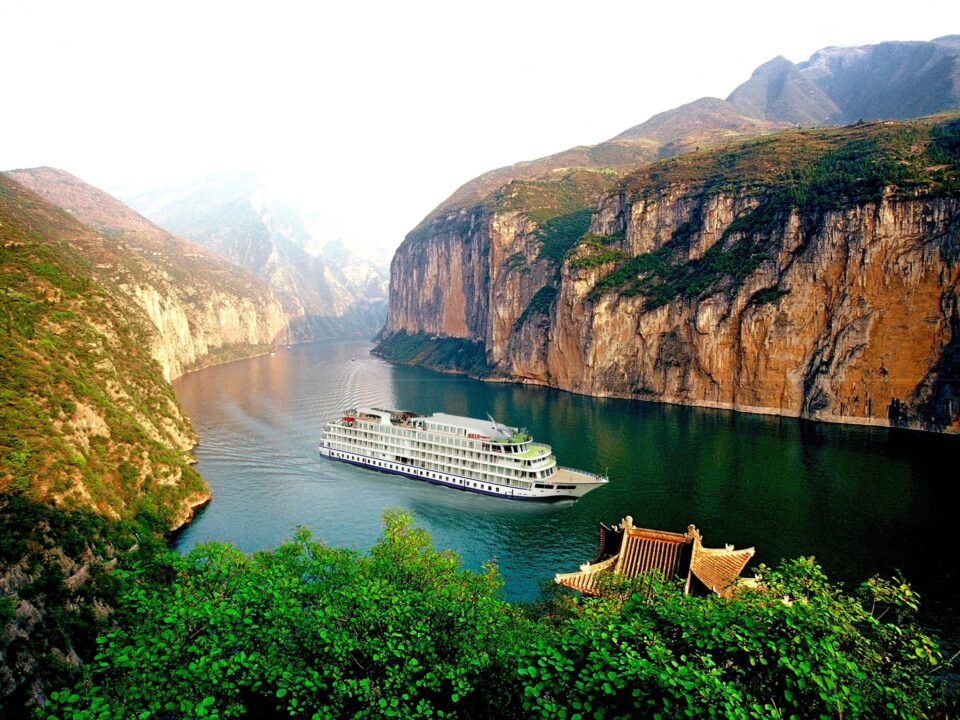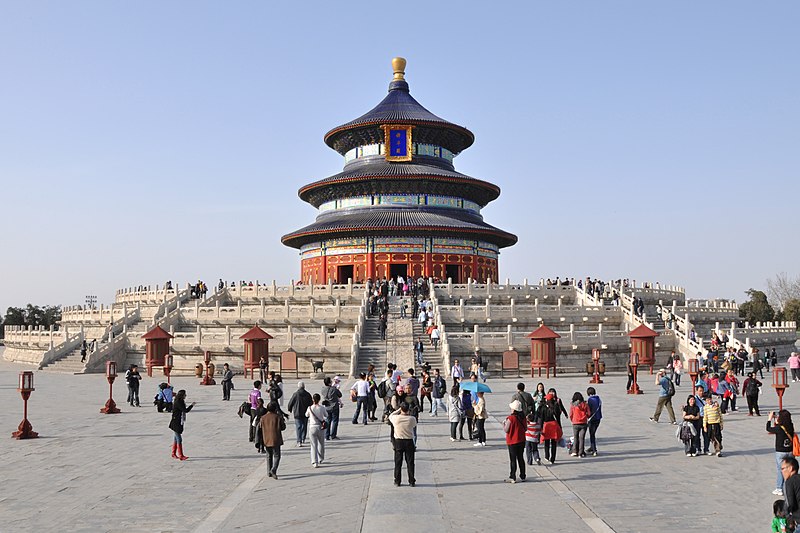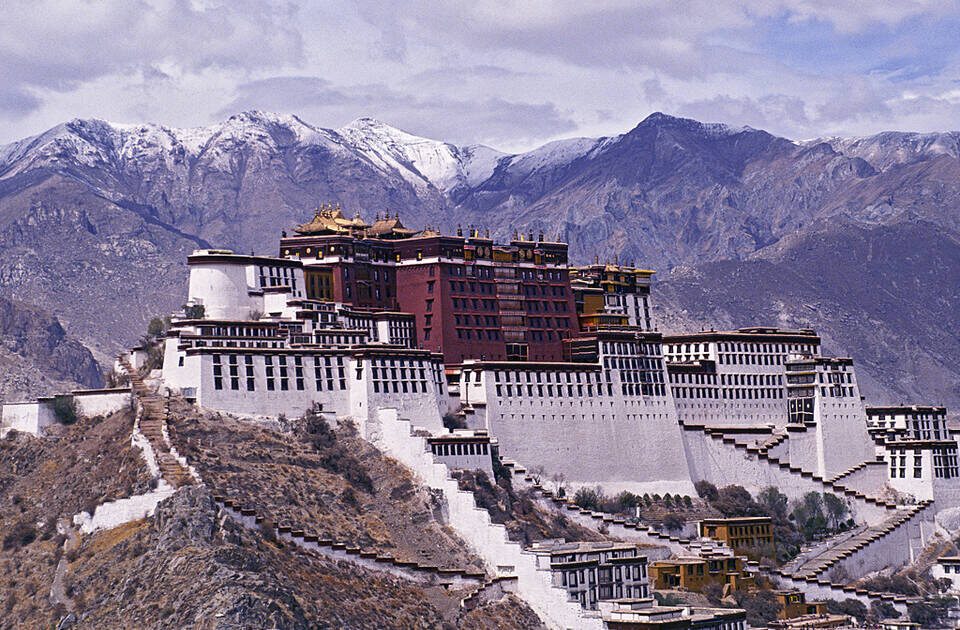The Summer Palace: A Timeless Wonder of Imperial China
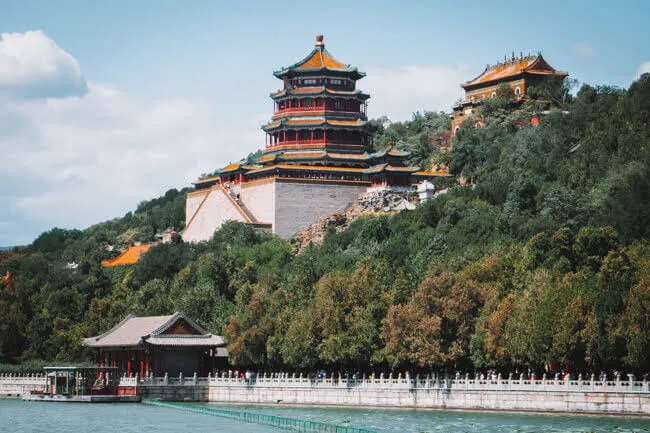
The Summer Palace: A Timeless Wonder of Imperial China
Introduction
The Summer Palace, known as Yíhé Yuán (颐和园) in Mandarin, epitomizes the grandeur and cultural richness of China’s imperial history. Nestled in the northwest suburbs of Beijing, the Summer Palace is one of the most frequented tourist destinations in the country. It spans an immense 290 hectares, featuring lush gardens, tranquil lakes, artistic bridges, and magnificent architectural structures that date back to the Qing Dynasty. This UNESCO World Heritage site offers a window into China’s regal past while providing a serene escape from Beijing’s bustling urban life.

Historical Significance
Origins and Early History
The origins of the Summer Palace date back to the Jin Dynasty (1115-1234), during which the royal gardens were first established. However, it was during the reign of Emperor Qianlong (1736-1796) of the Qing Dynasty that the site reached its zenith. In 1750, Emperor Qianlong commissioned the construction of the Garden of Clear Ripples (清漪园, Qīngyī Yuán) upon the completion of the central Kunming Lake. This opulent garden was a testament to Qianlong’s appreciation for natural beauty and his desire to create a summer retreat where he could escape the scorching heat of the Forbidden City.
The Opium Wars and Restoration
The Summer Palace has endured significant tumult over the centuries, particularly during the time of the Second Opium War (1856-1860). In 1860, Anglo-French forces invaded Beijing and set the palace ablaze, causing extensive damage. It wasn’t until the reign of Empress Dowager Cixi (1835-1908) that the palace was comprehensively rebuilt. Between 1886 and 1895, Empress Dowager Cixi diverted funds intended for the Chinese navy to restore the palace, renaming it Yíhé Yuán (颐和园), which translates to the “Garden of Nurtured Harmony.”
Modern Era and UNESCO World Heritage Status
After the fall of the Qing Dynasty in 1911, the Summer Palace transitioned from an imperial garden to a public park. It became a center of cultural heritage and a testament to China’s rich history. In 1998, the Summer Palace was designated a UNESCO World Heritage site, recognized for its extraordinary representation of the Chinese landscape garden and its historical significance.
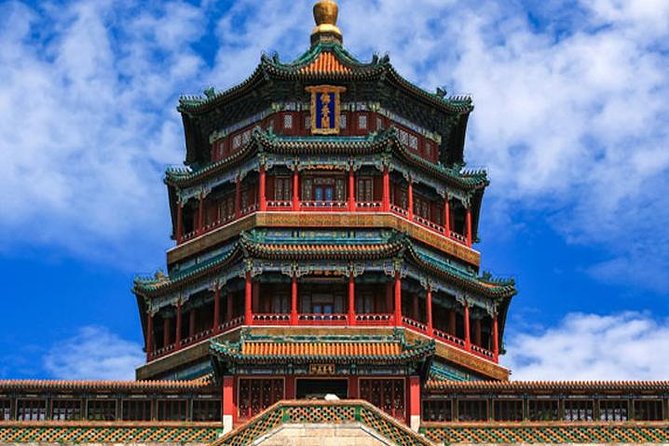
Architectural Marvels
The Summer Palace is replete with incredible architectural feats and natural beauty, meticulously designed to embody the perfect harmony between human craftsmanship and nature. Here are some of its most iconic features:
Kunming Lake
Kunming Lake covers approximately 75% of the total area of the Summer Palace. This vast expanse of water was artificially expanded based on the West Lake in Hangzhou, famous for its scenic beauty. The lake is studded with man-made islands, each housing unique structures and temples. It offers recreational activities such as boating, which allows visitors to enjoy the scenic vistas reminiscent of classical Chinese paintings.
Longevity Hill
Standing 60 meters high, Longevity Hill provides a striking backdrop to Kunming Lake. The hill is scattered with intricate temples, pavilions, and covered corridors, making it a focal point of the palace. Notable structures include the Tower of Buddhist Incense (Fo Xiang Ge, 佛香阁) and the Sea of Wisdom Temple (Zhihui Hai, 智慧海), both of which offer panoramic views of the surrounding landscapes.
The Long Corridor
One of the most famous architectural features of the Summer Palace is the Long Corridor (Chang Lang, 长廊), stretching over 728 meters. It is decorated with over 14,000 paintings depicting Chinese legends, folklore, and landscapes. This covered walkway links many of the main buildings, allowing visitors to traverse the palace’s grounds while remaining protected from the elements.
The Marble Boat
Located at the northwest corner of Kunming Lake, the Marble Boat (Shi Fang, 石舫) is a striking structure that symbolizes the stability of the Qing Dynasty. Despite its name, the “boat” is a stationary pavilion built from marble and wood. It was originally commissioned by Emperor Qianlong but was later refurbished by Empress Dowager Cixi, who used it as a platform for enjoying scenic views and hosting gatherings.
Cultural and Natural Elements
Imperial Gardens
The gardens of the Summer Palace are masterpieces of traditional Chinese landscape design. They emphasize the Daoist principles of harmony and balance, integrating natural elements like water, rocks, flora, and fauna with man-made architectural features. The meticulous arrangement of flowering plants, pine trees, and bamboo groves renders the palace a botanical paradise.
Bridge and Pagodas
The bridges in the Summer Palace are not merely functional; they are artistic endeavors that complement the idyllic scenery. The Seventeen-Arch Bridge (Shíqī Kǒng Qiáo, 十七孔桥), stretching over 150 meters, is the most notable, famed for its elegant arches and lion statues that guard each arch. Pagodas, like the Tower of Buddhist Incense, add to the mystique and spirituality of the landscape.
The Suzhou Market Street
Another captivating feature is the Suzhou Market Street (Suzhou Jie, 苏州街), which was designed to mimic the bustling urban life of Suzhou’s ancient town market. This reconstructed street runs along a willow-lined waterway, complete with small shops, restaurants, and traditional craft stalls. It provides a unique glimpse into the commercial life of imperial China.
Visitor Information
Accessibility
The Summer Palace is easily accessible via public transport from downtown Beijing. The closest subway station is Beigongmen Station on Line 4, just a short walk from the palace’s North Gate. Tickets can be purchased on-site, with options for general admission and access to specific attractions within the palace grounds.
Best Time to Visit
While the Summer Palace is open year-round, the best times to visit are during the spring and autumn months. Spring offers blooming flowers and pleasant weather, while autumn features vibrant foliage and mild temperatures. Summers can be crowded and hot, while winter, though less crowded, can be cold but offers a unique, tranquil charm with snow-covered landscapes.
Guided Tours
For those interested in a deeper understanding of the palace’s history and architecture, guided tours are available in multiple languages. These tours provide rich context, enhancing the visitor experience with historical anecdotes and architectural insights.
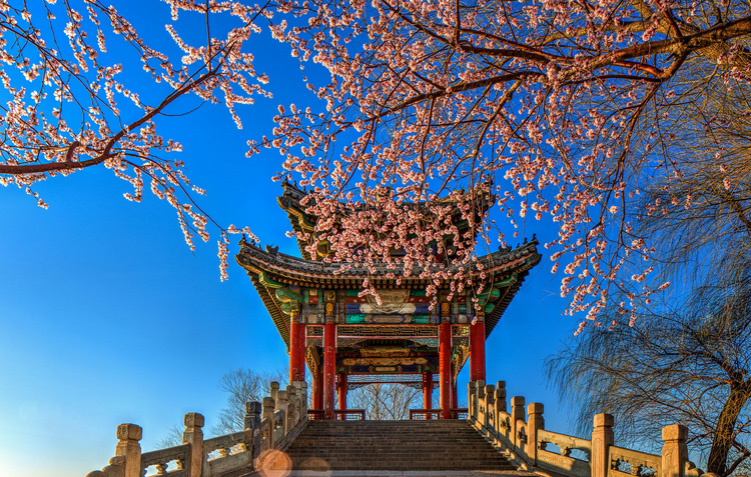
Conclusion
The Summer Palace stands as a living testament to China’s imperial past, blending nature, art, and architecture in unparalleled harmony. It encapsulates the grandeur of the Qing Dynasty while offering a serene escape from the hustle and bustle of modern Beijing. Whether you’re a history enthusiast, architecture aficionado, or simply seeking a breathtakingly beautiful retreat, the Summer Palace has something to offer everyone. As you wander through its scenic gardens, traverse its ornate bridges, and explore its majestic halls, you’ll be transported back to a time of imperial splendor, imbued with the timeless spirit of Chinese culture.
References
- “The Summer Palace,” UNESCO World Heritage Centre. link
- “The History of the Summer Palace,” China Highlights. link
- “Guide to the Summer Palace,” China Travel. link

